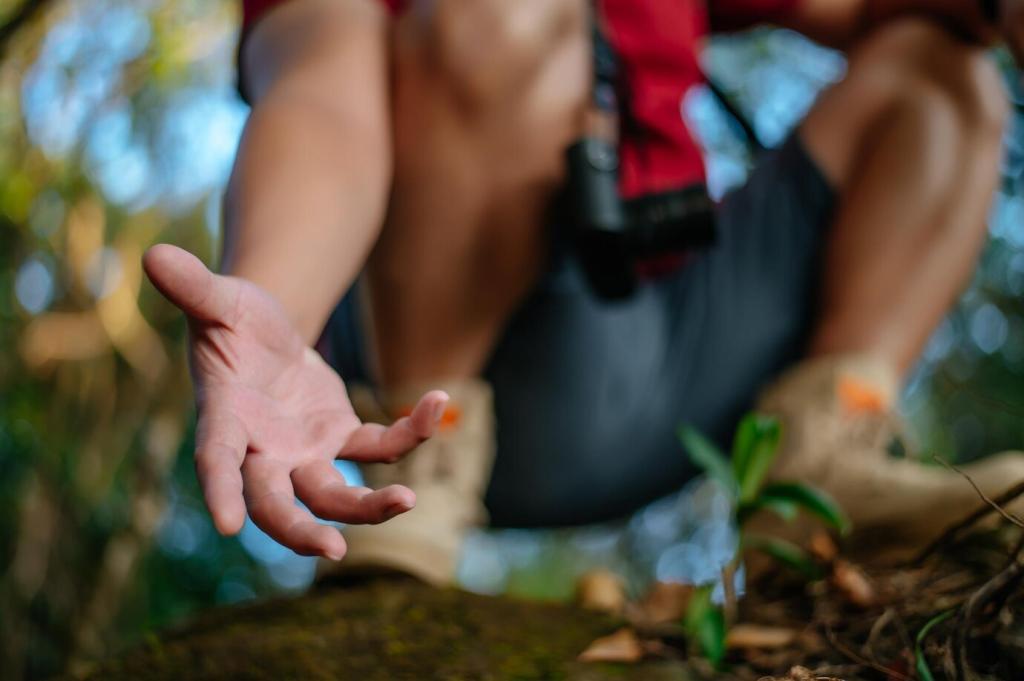A Small Home Story: From Restless to Restful
We turned a glare-heavy lounge into a leafy retreat with layered sheers, a reclaimed-wood shelf, and two quiet ferns. By Sunday evening, the room held conversations longer, and the television volume dropped without anyone noticing or trying.
A Small Home Story: From Restless to Restful
Mornings moved to the window seat, coffee by the fountain whispering in the background. Screen time dipped, reading returned, and sleep felt deeper. A simple checklist—light, air, texture, plants—made the change stick beyond the novelty.
A Small Home Story: From Restless to Restful
Start with one window, one plant, and one natural texture. Share a photo and the feeling it brings after a week. Comment your challenges, subscribe for monthly plant care reminders, and we will celebrate every small, restorative step.
A Small Home Story: From Restless to Restful
Lorem ipsum dolor sit amet, consectetur adipiscing elit. Ut elit tellus, luctus nec ullamcorper mattis, pulvinar dapibus leo.








